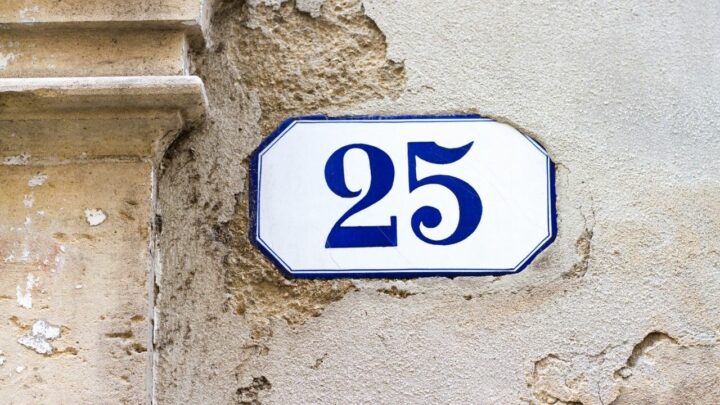Addresses seem like they should be simple, but many fine details are involved.
Is the address for a building? A P.O. Box? How do you properly abbreviate “court”? What name should you use for the recipient?
The situation has only gotten more complicated as email and websites have changed the meaning of the word “address” from a physical place to a metaphorical one.
If you’re looking for a street address, though, it’s best to stay in the real world.
What is a street address?
A street address is the physical address that identifies a specific building. Street addresses contain up to two lines. The first line includes the number and street name while the optional second line contains other identifying information, such as the unit number or suite number.
The complicated world of addresses
The simplest way to understand an address is to consider it a code that helps you separate one building from another.
Addresses have many important functions. They help you navigate from one place to another using a GPS system.
They let you tell people where to contact you or where to send packages. They can even direct emergency personnel to the correct location when something goes wrong.
Although there are numerous parts to an address, the most important is arguably the street address. So what is a street address?
How a street address is different from other addresses
There is some confusion over the actual meaning of “street address.”
This is partly because people have started to use it in opposition to other types of physical addresses.
For example, if you rent a P.O. Box, you can choose to have your mail delivered to a locker in your local post office.
Although a P.O. Box address is a physical address and can be used for mail sent through the US Postal Service, it isn’t accessible to private mail delivery services.
This has led to forms online that say things like “physical address (street address only, no P.O. boxes),” and people have started to lose sight of the phrase’s most common meaning.
Despite this confusing situation, in most, if not all, cases, the phrase “street address” refers to the first two lines of a building’s physical address.
The parts of a street address
A typical street address consists of one or two lines.
The first line of a street address is the building number and street name. Think of this line of a street address as pointing to a specific location on a map.
The street names in a street address should be spelled as they appear on official maps, street signs, and other documents.
However, it’s standard form to abbreviate the type of street (court, street, plaza, etc.) and any directional words that are part of the name (NW, SW, etc.).
This is because abbreviating these relatively standardized parts of the street address helps a mail carrier or other person focus on the street name itself.
For more detail on what goes in the first line of a street address, check out our in-depth article on the meaning of address line 1.
The second line of a street address is only required if a physical building contains multiple entities.
For example, each building in an apartment complex may contain dozens of individual units.
Likewise, large office buildings or strip malls can be split into several distinct offices or storefronts.
In these cases, the second line of the address contains an apartment number, suite number, unit number or other form of identifying information such as the name of a department to help determine the specific recipient’s location from others in the same building or street number.
If you have nothing to put on this second line, you should leave it blank and go straight to writing the parts of the physical address that come after the street address.
Example street addresses
Unit 3a
In this 2-line example, the first line presents the street number (123) and street name (Anyplace), followed by St, the abbreviation for “street.” The second line simply represents the building unit.
Here is a 1-line street address, with only a street number, street name and abbreviation.
Receiving Dept
This 2-line street address includes a department name rather than a unit or other number.
In most cases, department names appear at the start of a physical address in place of a name.
However, sometimes businesses will ask for them to be placed on the second line of a street address instead.
Street addresses outside the US
Although street addresses around the world are standardized today, it’s a mistake to assume they all follow the US formula.
If you’re trying to figure out a street address in other parts of the world, understand the local rules.
Sometimes, they can be very different indeed.

Hey fellow Linguaholics! It’s me, Marcel. I am the proud owner of linguaholic.com. Languages have always been my passion and I have studied Linguistics, Computational Linguistics and Sinology at the University of Zurich. It is my utmost pleasure to share with all of you guys what I know about languages and linguistics in general.

